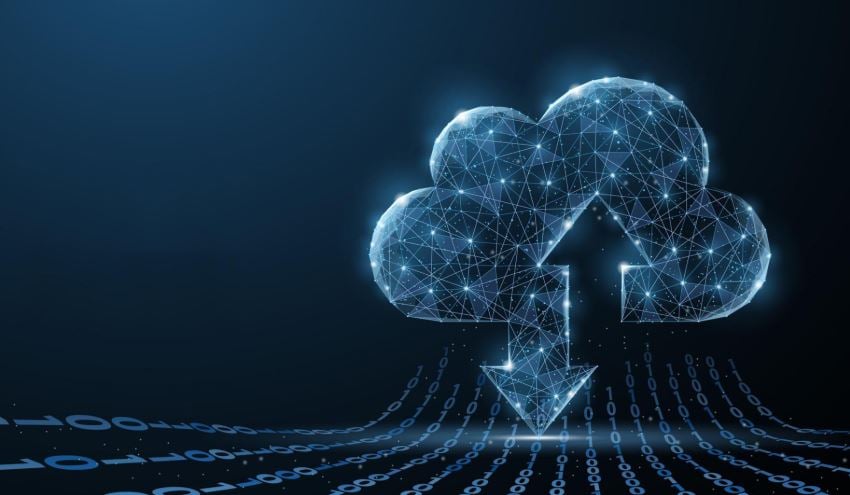Big data analysis to rethink customer-focused strategies

The advent of big data analysis, including analytics technologies and tools, has introduced a real revolution in all business areas. Among these, one of the most interested to exploit the potential of data has proved to be the area of marketing and, more generally, the cross-cutting areas focused on targeted strategies for customers. So much so that today, the accompanying technologies have reached a very high level of maturity in different countries. Even in Italy, where the path towards digitalization shows a certain delay compared to other nations, the big data market is flourishing, as can be seen from the latest research by the Big Data Analytics & Business Intelligence Observatory of the School Management of the Polytechnic of Milan. The reason for this success lies in the structural change that the analysis of data brings to the usual business models, subverting dynamics considered until now timeless.
Big data in marketing, less intuition and more knowledge
The first change, in the marketing strategies that companies usually carry out in favor of their actual customers and prospect, concerns the weight assigned to personal intuition with respect to the real knowledge of the user. Not that in the past the marketer's intuition was missing information on the orientations and tastes of its target audience, but their validity was often undermined by the number and quality of the sample on which, for example, possible market surveys were conducted. Big data analysis, on the other hand, is based on the collection of real data in the instant in which the consumer is acting towards the brand. For this reason, the "creative" component in offering customized services or products acquires a marginal role, replaced by a detailed understanding of what the customer wants (and is not supposed to want). This leads to a new, proactive and predictive mode, which must guide any customer-centric strategy.
Omnichannel strategy and big data management tools
In order to achieve this centrality, an effective omnichannel strategy is the main route to follow, and it is the one along which, as mentioned above with regard to the big data market, several Italian companies are moving on, even if a bit slowly. It is again the Milan Polytechnic that highlights this in another Observatory, the Omnichannel Customer Experience. Most of the companies interviewed (69%) claim to have a CRM where they store customer registry data. Only 23% of the sample uses dynamic versions of CRM, such as Customer Data Platform or Customer Data Hub. On the other hand, 21% has a data lake, that is, a system made to store unstructured big data from different sources and in their native format. Finally, 9% use a proprietary Data Management Platform (DMP), a platform capable of collecting and processing large amounts of data to create "audience" for the purpose of communication and online advertising, while another 19% relies on DMP of third parties.
The strategy you need: an integration between physical and virtual touchpoints
The Observatory numbers show that there is a strong interest in managing all interactions with users in a consistent way, that is in an omnichannel key, but also that different approaches persist in the discipline of big data analysis. What is often lacking, and therefore reflected in actions of a more tactical than strategic nature, is an overview that covers all the touchpoints involving customer. For example, web analytics solutions often do not match similar in-store tracking methods supported by IoT sensors, interactive totems, and so on. And this although the purchase paths between physical and virtual environments tend to be increasingly integrated, reducing widespread phenomena such as the search for information at the point of sale and online purchase (showrooming) or its opposite (info-commerce). Instead, in order to rethink customer-focused strategies aiming at offering personalization that only advanced big data analysis tools can ensure, we need to start from the evidence of new consumer behaviors.













